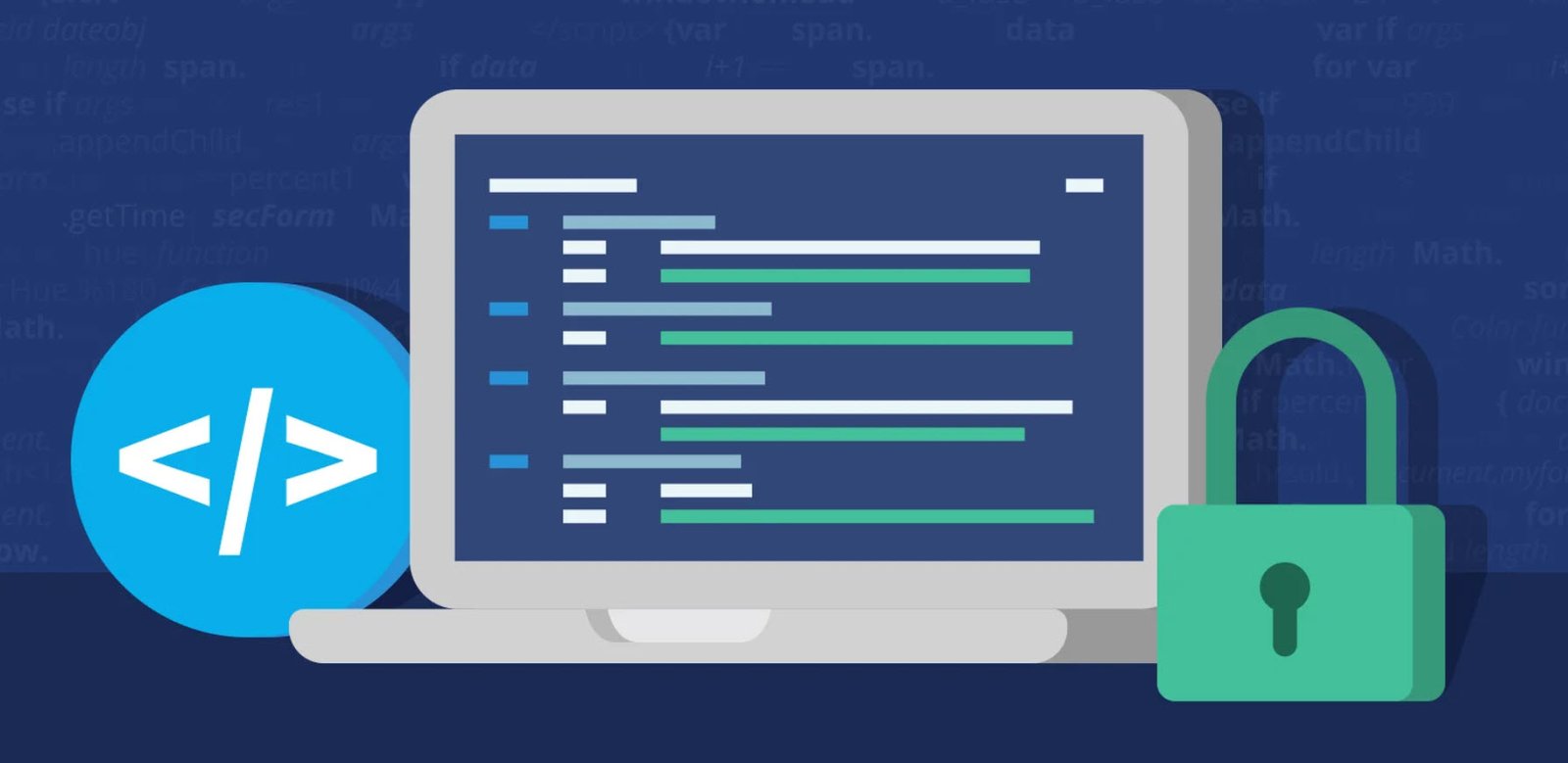
In the digital age, the vast expanse of the internet has opened up new horizons of convenience and connectivity. However, as we traverse this expansive landscape, it’s crucial to maintain vigilance and prioritize our online safety. Whether you’re browsing for information or indulging in online shopping, adhering to best practices can ensure a secure and enjoyable online experience.
Here are essential tips and guidelines to navigate the virtual realm safely:
- Handle Personal Data Carefully
- Avoid Unsolicited Links and Promotions
- Beware of Public Networks for Shopping
- Utilize Secure Connections and Firewall
- Maintain Privacy Settings
- Be Cautious of Software Downloads
- Be Wary of Tempting Offers
- Opt for Strong Passwords
- Regularly Change Passwords
- Trust Secure Websites (HTTPS)
- Shop from Trusted Websites
- Keep Software Updated
- Clear Browser Cache and History
- Maintain Up-to-Date Antivirus and Anti-Spyware
- Monitor Online Statements
- Beware of Phishing Emails
- Consider Blurring Software
- Opt for Trusted Mobile Apps
- Use Digital Wallets
- Consider Prepaid Cards
- Verify Merchant Credibility
- Report Suspicious Activity
- Review Delivery and Return Policies
- Read Privacy Statements
- Keep Purchase Records
- Trust Your Common Sense
1. Handle Personal Data Carefully
Treat your personal data like a precious asset. Share it only with trusted sources and platforms, ensuring that you provide it professionally and selectively.
2. Avoid Unsolicited Links and Promotions
Resist the urge to click on unsolicited links or offers that arrive via email or social media. Cybercriminals often employ these tactics to lure unsuspecting users into malicious traps.
3. Beware of Public Networks for Shopping
Public Wi-Fi networks are convenient but can be risky for shopping due to their lack of security. Whenever possible, use a secure, private network for online transactions.
4. Utilize Secure Connections and Firewall
Browse and shop on websites that use HTTPS encryption, and ensure that your firewall is enabled to add an extra layer of protection against potential threats.
5. Maintain Privacy Settings
Keep your privacy settings active on social media platforms and other online accounts to restrict the amount of personal information visible to the public.
6. Be Cautious of Software Downloads
Before downloading any software, think twice. Only download from reputable sources to avoid inadvertently introducing malware or viruses onto your device.
7. Be Wary of Tempting Offers
While freebies and irresistible offers might seem appealing, exercise caution. Cybercriminals often use them as bait to compromise your security.
8. Opt for Strong Passwords
Use strong, unique passwords for your online accounts. Mix uppercase and lowercase letters, numbers, and symbols to create a robust barrier against unauthorized access.
9. Regularly Change Passwords
Change your passwords every 60 or 90 days to minimize the risk of unauthorized access to your accounts.
10. Trust Secure Websites (HTTPS)
When shopping or sharing personal information online, ensure that the website uses HTTPS encryption for secure data transmission.
11. Shop from Trusted Websites
Stick to reputable and well-known websites for online shopping to mitigate the risk of falling prey to scams or fraudulent activities.
12. Keep Software Updated
Frequently update your operating system and applications to patch vulnerabilities and ensure that your digital environment remains secure.
13. Clear Browser Cache and History
Regularly clear your browser’s cache and history to minimize the accumulation of potentially sensitive information.
14. Maintain Up-to-Date Antivirus and Anti-Spyware
Install reliable antivirus and anti-spyware software and keep them up to date to safeguard your device from threats.
15. Monitor Online Statements
Regularly check your online shopping and bank statements for any suspicious or unauthorized transactions.
16. Beware of Phishing Emails
Avoid following links in unsolicited emails. Cybercriminals often use phishing emails to deceive users into revealing personal information.
17. Consider Blurring Software
Consider using blurring software tools that obscure your personal information while shopping online.
18. Opt for Trusted Mobile Apps
Download and use mobile apps from trusted merchants for a safer shopping experience compared to browser-based shopping.
19. Use Digital Wallets
When possible, opt for digital wallets for online transactions. They add an extra layer of security compared to credit or debit cards.
20. Consider Prepaid Cards
Use prepaid gift vouchers and cards for online shopping to limit potential financial loss in case of a security breach.
21. Verify Merchant Credibility
Before making a purchase, research the credibility of the merchant to ensure you’re dealing with a legitimate source.
22. Report Suspicious Activity
If you notice any suspicious activity on your account, take immediate action by reporting it to the relevant authorities.
23. Review Delivery and Return Policies
Thoroughly read and understand the merchant’s delivery and return policies to avoid any surprises after making a purchase.
24. Read Privacy Statements
Carefully read the privacy statements of websites and merchants to understand how your data will be used and protected.
25. Keep Purchase Records
Maintain a record of your online purchases, including receipts and confirmation emails, for future reference.
26. Trust Your Common Sense
Ultimately, your intuition and common sense play a significant role in online safety. If something seems too good to be true or suspicious, it probably is.
In conclusion, embarking on a journey through the digital world demands awareness, prudence, and adherence to security best practices. By following these comprehensive guidelines for safe browsing and online shopping, you can navigate the virtual landscape with confidence, protect your personal information, and safeguard your digital presence from potential threats.
You may also like:- Gmail and Facebook Users Advised to Secure Their Accounts Immediately
- Pentagon’s Proactive Approach to Cybersecurity – Over 50,000 Vulnerability Reports Since 2016
- Windows Hardening – Key Points To Remember
- Top 10 Fundamental Questions for Network Security
- How to Remove x-powered-by in Apache/PHP for Enhanced Security
- 12 Point Checklist – PHP Security Best Practices
- Secure Programming Checklist – 2023 Compilation Guide
- The Ultimate Network Security Checklist – 2023 Complete Guide
- A Comprehensive Guide to Crafting Strong Passwords
- Top 28 Essential Tips To Safeguard Your Computer









This Post Has One Comment